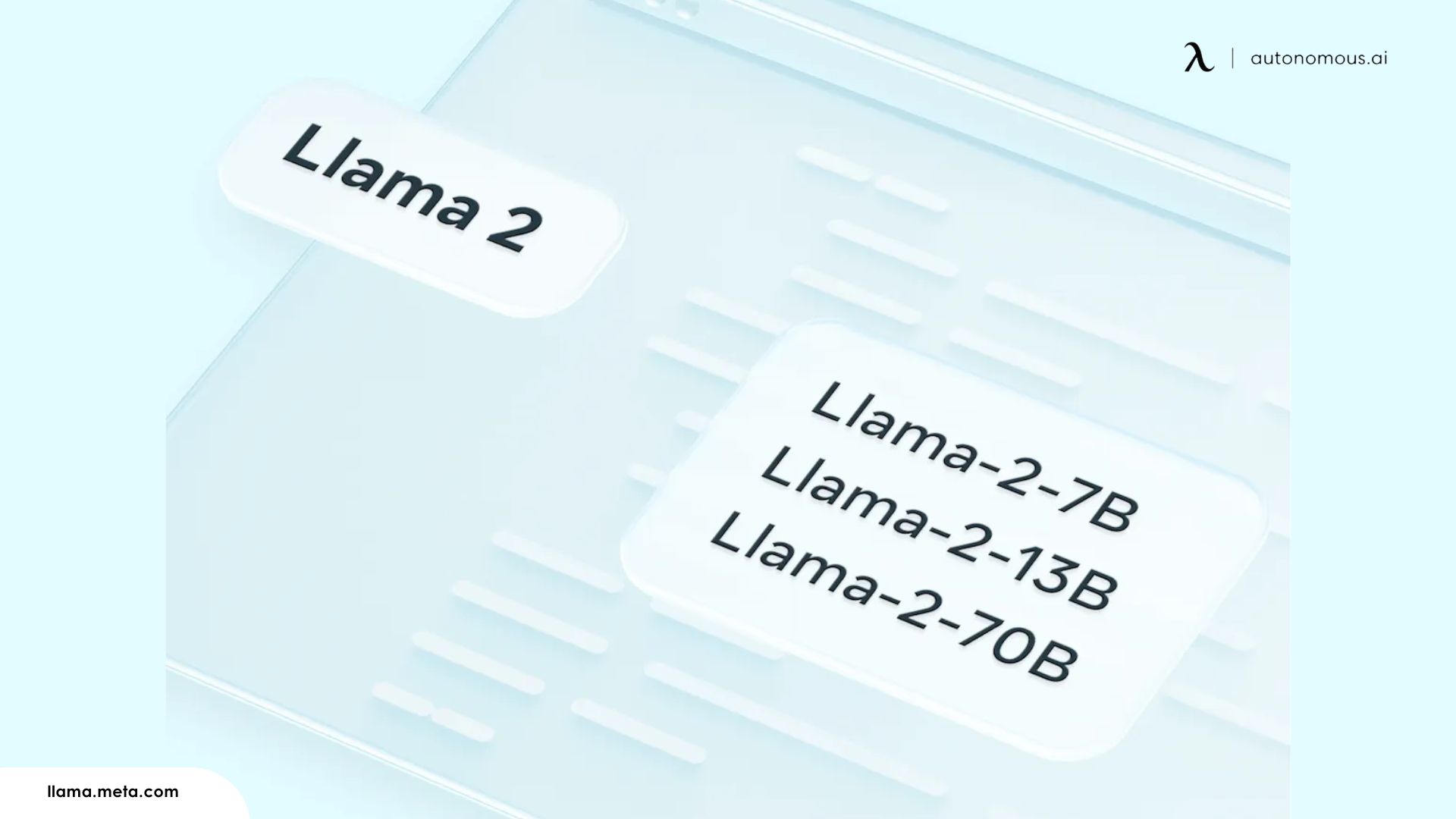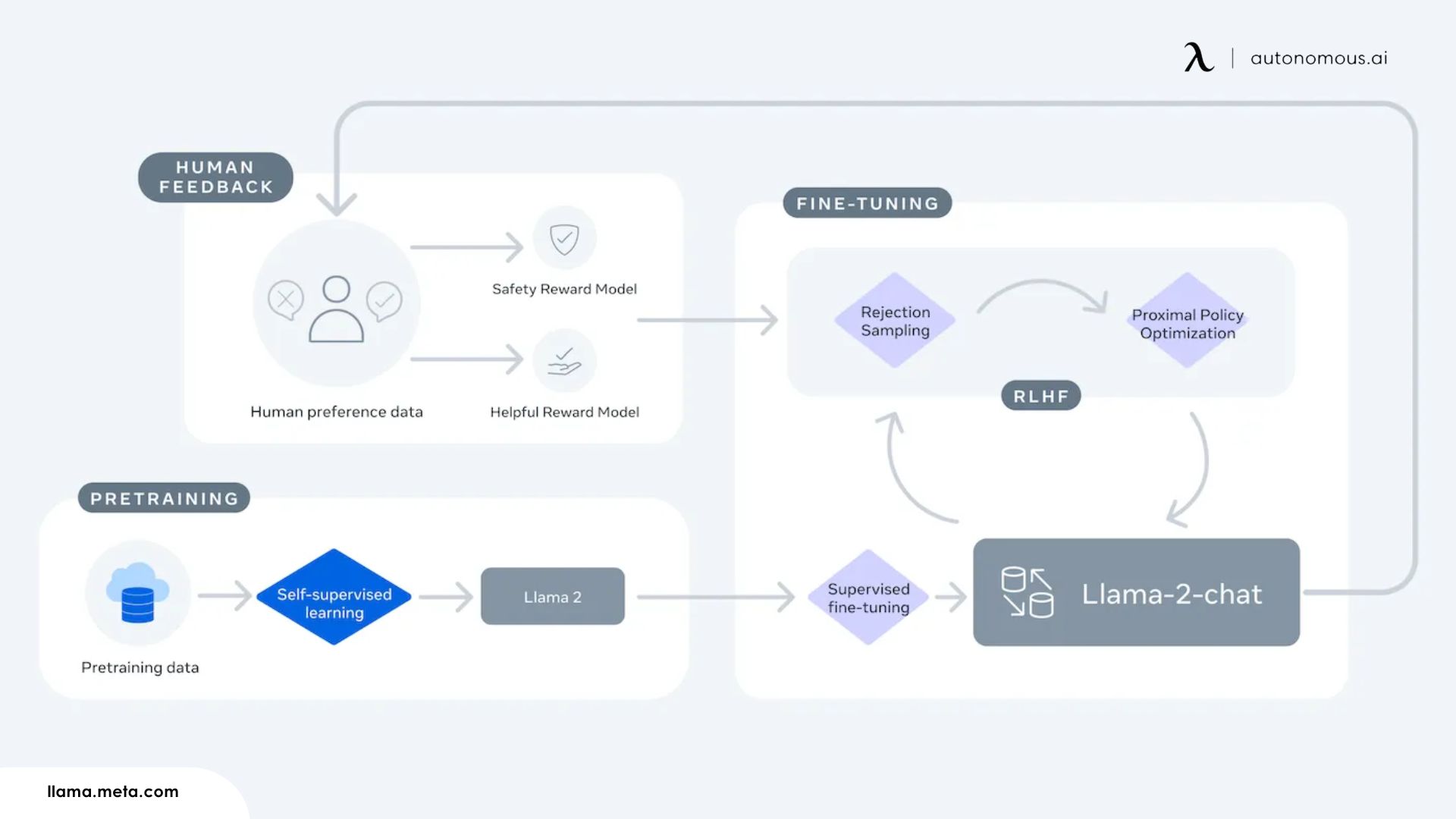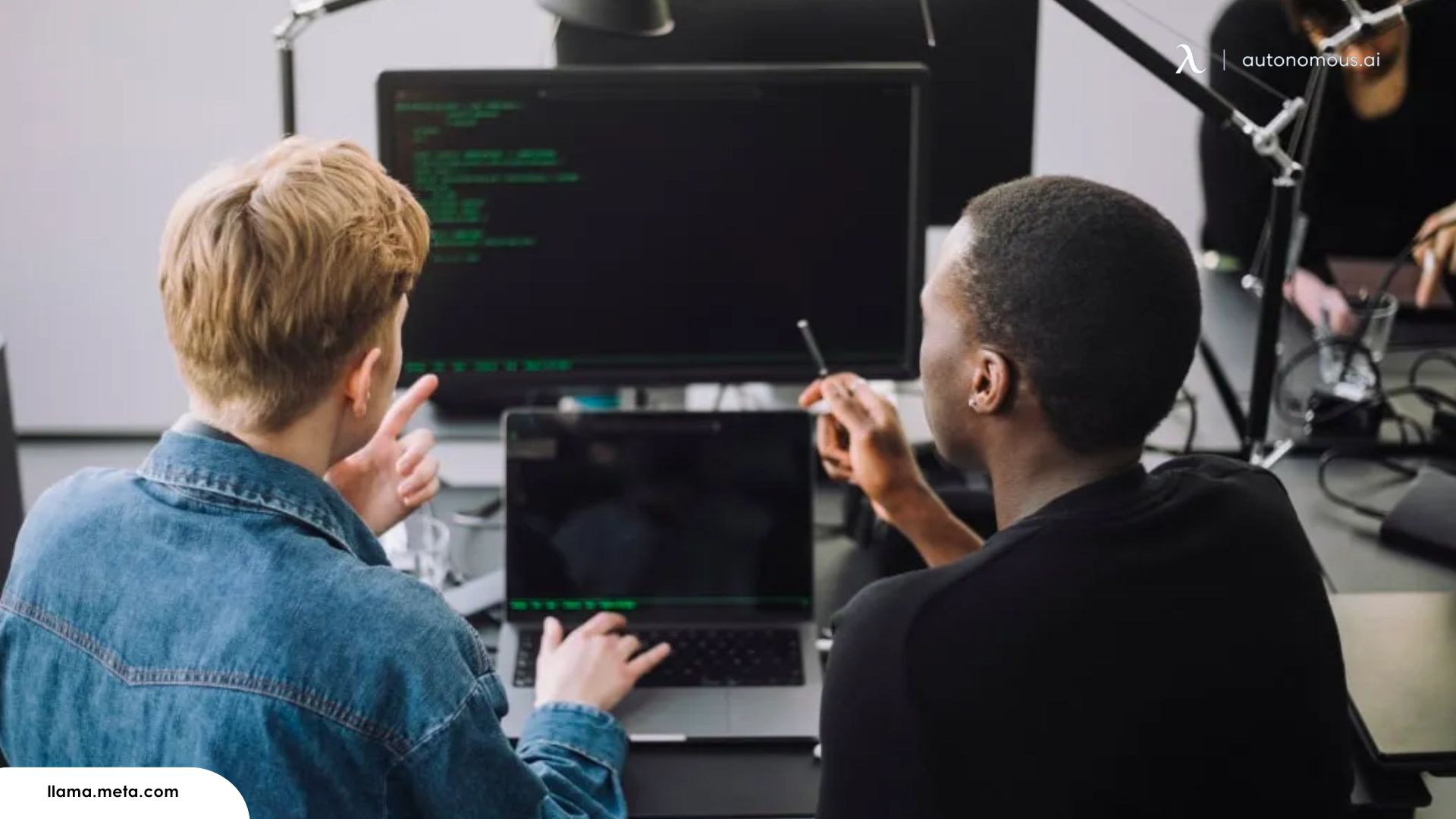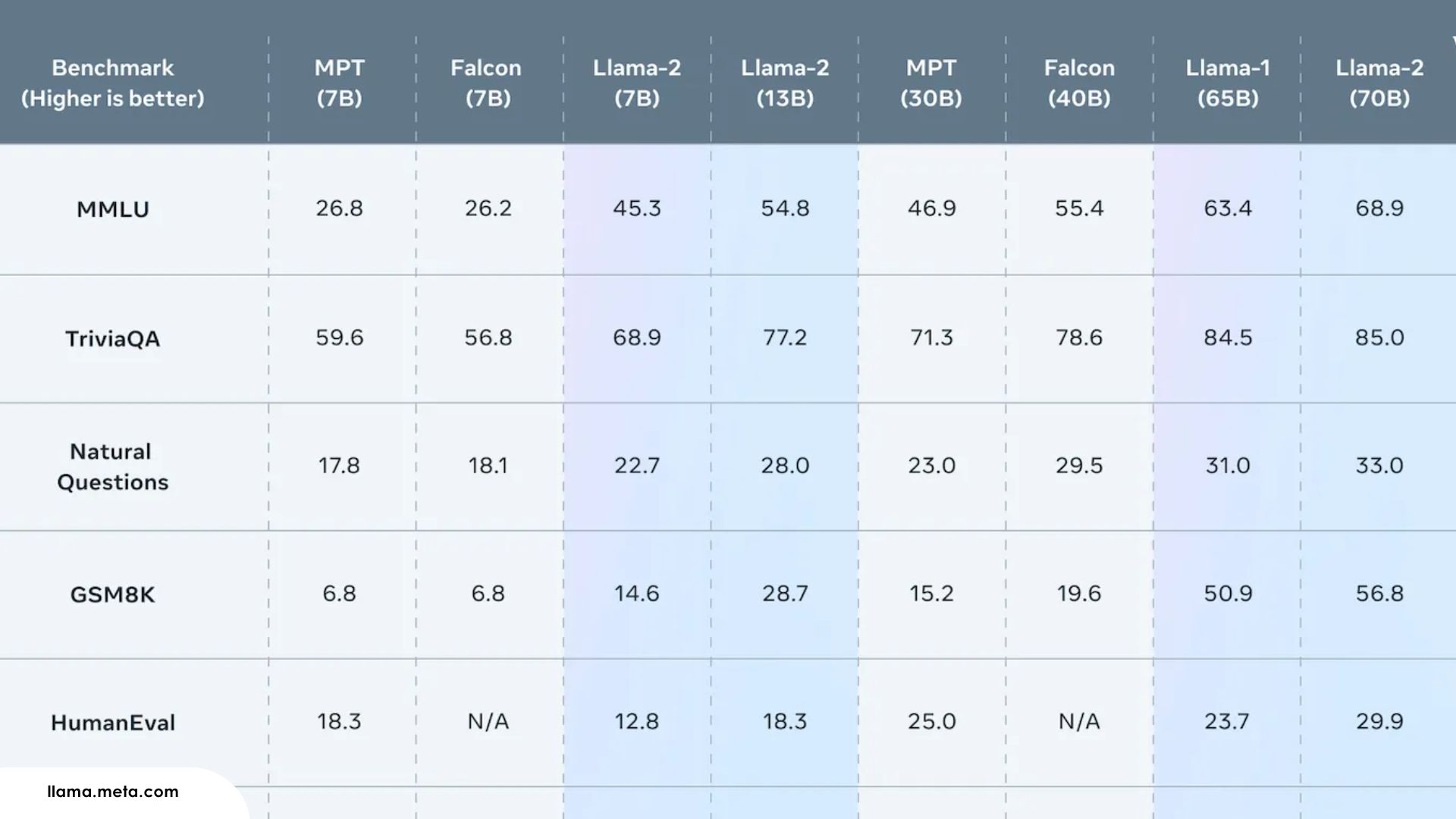
Meet Llama AI | The Powerful Open Source AI Model from Meta
Table of Contents
The world of artificial intelligence is constantly evolving, and Meta has taken a bold step forward with the release of its groundbreaking AI model, Llama AI. This open-source model, now in its latest version—Llama 3.1—promises to revolutionize how we approach AI, offering unmatched performance and accessibility. In this blog, we'll delve into what makes Llama AI stand out, how it works, and how the new Llama 3.1 model stacks up against other AI tools and technological advances in the workplace.
What is Llama AI?
Llama AI, developed by Meta, is an advanced large language model designed to handle a wide range of AI tasks, from language understanding and generation to solving complex problems. One of the key aspects that set Llama AI apart from many of its competitors is that it is open source, allowing developers and researchers worldwide to access, modify, and build upon the model. This openness provides a level of transparency and collaboration that proprietary models simply can't offer, making it a preferred choice for those looking to push the boundaries of what AI can achieve.
At its core, Llama AI is designed to power various applications, including AI tools for writing, content generation, and code assistance. It supports businesses and individuals alike, offering solutions for enhanced productivity and creative problem-solving. With Meta's backing, Llama AI leverages some of the latest research in machine learning, making it one of the most powerful and adaptable AI models available today.
For those exploring the best AI tools and AI chat on the market, Llama Meta represents a significant player, especially for developers looking for a flexible and robust system.

How Does Meta's Llama AI Work?
The underlying architecture of Llama AI is based on transformer models, a type of deep learning model used for natural language processing (NLP) tasks. Transformers work by processing input data (such as text) in parallel, which allows them to understand the context and relationships between different words or sentences more effectively than traditional models.
Llama AI utilizes advanced attention mechanisms that enable the model to focus on the most relevant parts of the input data, ensuring that the output it generates is accurate, coherent, and contextually relevant. Meta has fine-tuned the model through extensive training on vast datasets, including books, research papers, and web pages, allowing Llama AI to develop a deep understanding of language patterns and nuances.
One of the standout features of Llama AI is its ability to support multiple AI functionalities within a single system. This includes natural language processing, machine translation, summarization, and more. By integrating Llama AI into various applications, developers can unlock a range of powerful tools for writing, coding, and even AI-driven customer support systems.
For example, developers can use AI tools for coding or businesses can leverage AI tools for writing to streamline workflow processes.

About Llama 3.1 Performance | The Latest Model
Llama 3.1 is the latest iteration of Meta's Llama AI model, and it boasts several performance improvements over its predecessors. Llama 3.1 features enhanced language comprehension capabilities, faster response times, and improved accuracy when handling complex queries.
One of the key goals of Llama 3.1 was to make the AI model more efficient and adaptable for real-time applications. As businesses increasingly adopt AI in their day-to-day operations, the need for models that can deliver quick and reliable outputs has grown significantly. Meta responded to this demand with a model that excels in not only understanding but also generating human-like responses with minimal latency.
In addition, Llama 3.1 has been fine-tuned to be more contextually aware, meaning it can follow longer conversations or complex instructions more accurately than earlier versions. This improvement makes Llama 3.1 particularly effective for use cases such as AI-driven customer support, chatbot services, and other applications where maintaining coherent, multi-turn conversations is critical.
Moreover, the open-source nature of Llama AI means that developers can tweak and optimize Llama 3.1 according to their specific needs. This flexibility allows users to integrate Llama AI into diverse applications ranging from simple chatbots to sophisticated, AI-driven content generation tools. If you're interested in exploring the broader world of AI technologies, including Llama AI, be sure to check out AI in the workplace for more insights.

How Does Llama 3.1 Differ From Other AI Models?
Llama 3.1 stands out in the competitive AI landscape for several reasons. First, its open-source nature is a game changer. Unlike proprietary models like GPT-4 or Google's Gemini, which are controlled by their respective companies, Llama 3.1 gives developers complete control over the AI model. This fosters innovation, as developers can experiment with new techniques, improve upon the existing model, or tailor it to specific applications without the limitations imposed by closed-source systems.
Secondly, Llama 3.1 emphasizes privacy and data security. One of the major concerns with AI models is how they handle user data. Meta has focused on ensuring that Llama 3.1 can be deployed in environments where data privacy is paramount. For instance, businesses can use Llama 3.1 without worrying about data being stored or used for purposes outside of their control. This aspect of Llama AI makes it an attractive choice for industries where confidentiality is critical, such as healthcare, legal services, and finance.

When comparing Llama 3.1 to other AI models, it is also important to consider its scalability. The model is designed to be highly scalable, meaning that it can be used in everything from small applications to large-scale deployments across enterprises. Llama 3.1's ability to efficiently manage resources, even in demanding environments, sets it apart from many other AI models, which often require significant computational power and resources to function optimally.
For businesses interested in leveraging the latest AI advancements, Llama 3.1 offers a competitive edge. Whether you're looking for business tech trends or cutting-edge AI chat tools, Llama AI is at the forefront of modern AI capabilities.


Conclusion
Llama AI, with its latest version Llama 3.1, represents a significant leap forward in the world of artificial intelligence. Meta's commitment to open-source innovation ensures that developers and researchers have the tools they need to push the boundaries of AI, while the enhanced performance and scalability of Llama 3.1 make it an ideal choice for businesses across industries.
As AI continues to reshape the landscape of technology and innovation, Llama 3.1 is poised to play a central role in that transformation. Whether you're a developer seeking to create the next big AI-driven application or a business looking for advanced AI solutions or best AI tools to streamline operations, Llama AI offers the flexibility, power, and security to meet your needs.
With Llama 3.1, Meta has set a new standard for open-source AI, and its potential is just beginning to be realized.
Stay connected with us!
Subscribe to our weekly updates to stay in the loop about our latest innovations and community news!
Interested in a Link Placement?
Spread the word
.svg)



/https://storage.googleapis.com/s3-autonomous-upgrade-3/production/ecm/230914/bulk-order-sep-2023-720x1200-CTA-min.jpg)

/https://storage.googleapis.com/s3-autonomous-upgrade-3/production/ecm/230824/image_2Qy8RvXi_1692156220697_raw-0545aba5-ec71-4736-8a0d-b290d04efd58.jpg)